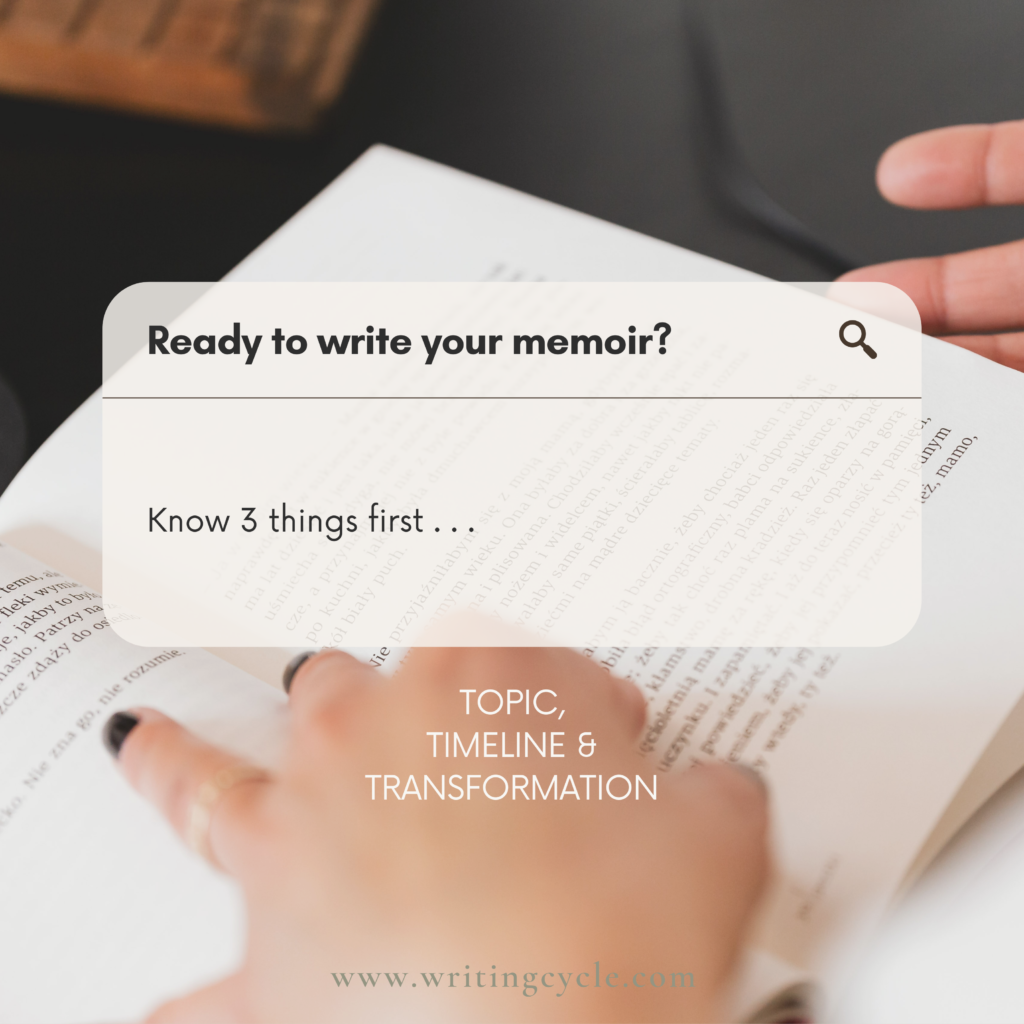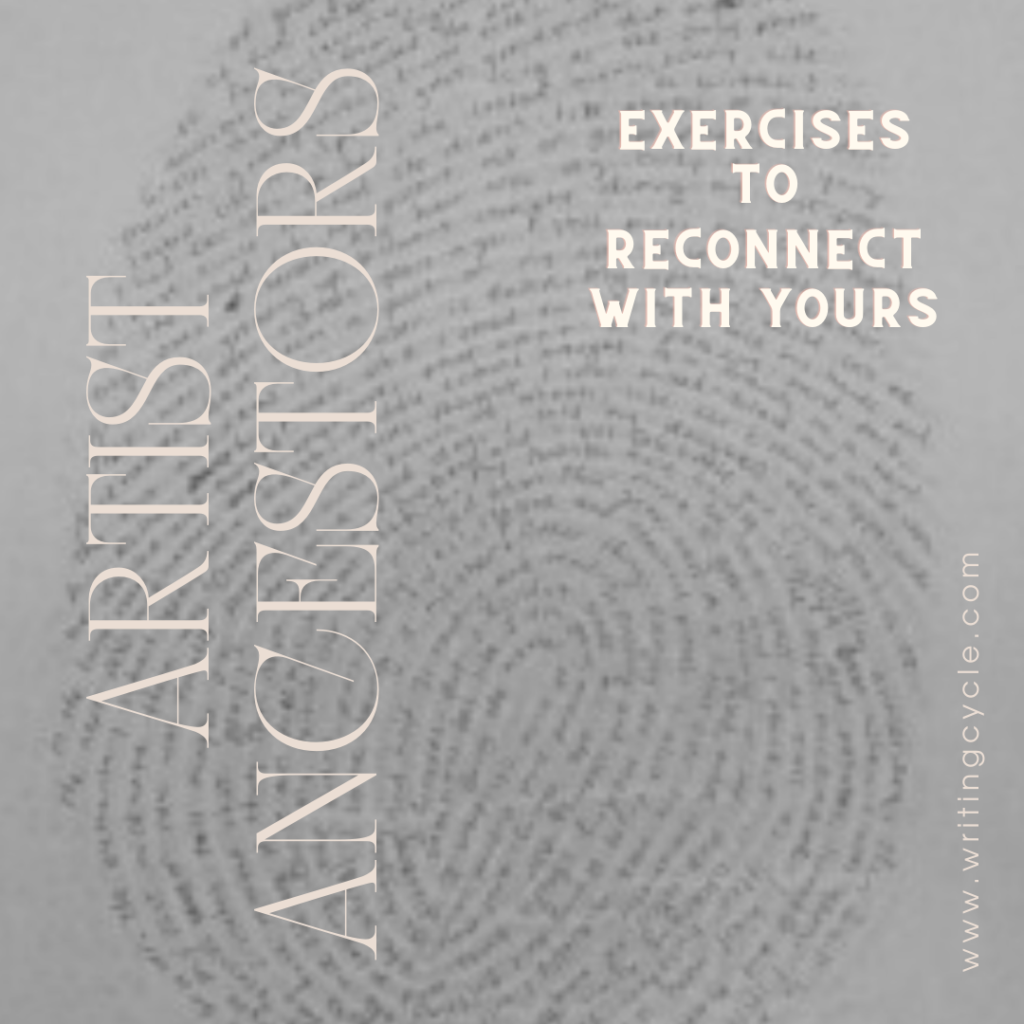ENFJ or ESFJ: Tertiary Function Reveals MBTI Personality Type

ARE YOU MISTYPED?
Many ENFJs and ESFJs on the Myers-Briggs Type Indicator are mistyped or struggle to identify the differences between these related personality types outside stereotyped YouTube parodies and online quizzes that don’t take into account tertiary cognitive function.
Too often, they assume an ENFJ is deep; an ESFJ paddles in the shallows.
I propose a better way to help dominant Extraverted Feelers determine true type based on:
👉🏻 How you play.
👉🏻 How you spin out.
👉🏻 How you self-soothe, or self-sabotage.
Such information proves useful for daily life . . . and writing projects.
~
Sensing or Intuitive Writer? Tips for Each Type
~
COGNITIVE STACKS
Each type is made up of four cognitive functions. It helps to think of these operating as per the car model. When it comes to functional stacks, you’ll see similarities between both EFJ’s stacks.
ENFJ: Fe (Extraverted Feeling), Ni (Introverted Intuition), Se (Extraverted Sensing), Ti (Introverted Thinking).
ESFJ: Fe (Extraverted Feeling), Si (Introverted Sensing), Ne (Extraverted Intuition), Ti (Introverted Thinking).
Both types share Extraverted Feeling (Fe) as their dominant function and Introverted Thinking (Ti) as their inferior; therefore, I won’t spend much time on these, but for a deep dive, visit this comprehensive site.
Fe enables someone to read the needs and feelings of others and respond with unconscious competence. Charming, charismatic, and compassionate, Fe is able read rooms, intuit (even unfamiliar) societal norms, and create grand experiences. Fe-doms make excellent diplomats, teachers, and hosts. Fe isn’t about the self; it exists to share information and serve the collective. Fe dislikes everything selfish and impolite, and prefers to avoid conflict when possible.
Ti is a function both EFJ types wrestle with. This function is part of their stack, so they posses its abilities; these are just poorly developed. Ti prefers to keep options open-ended, retain impartiality, and argue small points endlessly in a tireless search for logical inaccuracies. Ti also exists to serve the collective, albeit in what first appears a more individualist fashion: Ti exhaustively vets facts for inaccuracies or bias to keep groups from arriving at too-hasty conclusions.
Most people are easily able to identify dominant function. While this proves easier for EJ types (as dominant function is displayed outwardly) than IP types (whose dominant function is a perceiving one), difficulty in typing at this level is usually restricted to typing others: IPs know how to type themselves.
It’s at auxiliary and tertiary level people struggle to accurately identify true type.
AUXILIARY FUNCTION: Where ENFJs and ESFJs differ.
ENFJs have Ni in their second spot. Introverted Intuition is a future-oriented function. It’s all about what could be, not what is or what was. It see possibilities, but in these, seeks patterns, sees images and symbols, and funnels all information to create a narrow, clearly-defined view of the world. Ni is an optimistic function, focused on charting a clarified course for the betterment of mankind.
ESFJs have Si in the second spot. Introverted Sensing focuses on what was. It imbues users with deep sense-memory that allows ESFJs effortless recall, not only their own histories,, but often of all the art, media, and information they have ever taken in as well. Si is a somewhat wary function, evaluating how humans and systems have operated in the past and projecting how they may then function in the future.
Give how differently these functions operate, it might seem surprising people cannot accurately choose between them. But so much baggage gets associated with the auxiliary function, it’s understandable.
HERE’S WHY
First off, as with any psychological trait, N and S exist on a spectrum. Some individuals test to the far end of Intuitive or Sensing preferences; others “ride the line,” testing only one question or a couple percentage points away from the S/N divide. These are often those who have trouble typing, and this is why understanding cognitive functions is essential for accurate typology.
One must also acknowledge the fact that anti-Sensing (S) stigma is rampant, particularly online, where anonymous users insist N-types are geniuses while S-types are imbeciles. (This is inaccurate. Any group who can effortlessly recall their own history, as well as everything they have ever been exposed to, proves a force to be reckoned with.) However, such negative stigmatizing might prompt any high Fe user to identify as an N, particularly if they work in an intellectual or creative field. This is more a reflection of the Extraverted Feeling function of both EFJ types, attuned to social judgements and norms, than an indication of whether someone is a Sensor or Intuitive. (It’s also worth noting much anti-Sensing stigma is actually anti-Fe stigma, put forth by high-Fi users.)
Lastly, the MBTI takes into about nature, not nurture, when determining type. Anyone who has experienced complex trauma in childhood, a significant factor in shaping behavior, is at risk of being mistyped.
Along these lines, the MBTI does not take into account genetic psychiatric considerations, such as neurodiversity, mood disorders, TLE, OCD, and other mental health conditions. This is not to say the MBTI is without merit; merely that that such considerations must be factored in when typing individuals. If you layer any of these atop type, a type “presents” atypically.
For example, obsessive-compulsive disorder also presents with deep sense memory, hyper-focus, and a fixation on a particular sensory obsession: appearance, weight, environment, order, cleanliness, sex, or similar. While at a glance, such a profile might indicate a hi-Si user, in the presence of this brain condition, this would NOT mean the individual under consideration is necessarily a Sensor. Yet they might mistype as such.
TERTIARY FUNCTION: An Easier Way to Determine True Type
The tertiary function presents with little of the baggage attending the auxiliary. Most people, by adulthood, are aware of how they prefer to play, as well as how they self-soothe . . . and self-sabotage. These are areas the tertiary function governs. If emphasis on the auxiliary function proves less than fruitful, the third function in the stack is almost always a dead giveaway as to type. While both Fe-doms vent verbally amongst intimates to de-stress, the ways ENFJs versus ESFJs play and spin out differs.
ENFJ
An ENFJ’s tertiary function is Se (Extraverted Sensing.) This means, when relaxed and carefree, ENFJs prefer to blow off steam in a very physical way. This is reflected in statistics reporting ENFJs being the type most likely to respond healthfully to stress by exercising, as well as being the most regular exercisers of all sixteen types. Whether it’s hiking, biking, trail running, climbing Kilimanjaro . . . or getting massage and enjoying fine wine and cuisine, ENFJs play in a sensory fashion.

On flip side, ENFJs also self-soothe via the senses. That means binge-eating and drinking, depression shopping, ignoring health and related physical needs to overwork for others, and planning endless cosmetic enhancements to their appearance or home.
TIP
In times of stress, ENFJs should lean on the sensory pleasure they experience from outdoors and exercise to clear their heads in a healthy way. When it comes to writing projects, ENFJ writers do best when they find ways to bring sensory elements into their writing practice to make their work more like play and find effective routes to the subconscious.
~
Optimize Your Intuitive Writing Process
~
ESFJ
All those things the ENFJ does for fun? ESFJs do these as part of their “job” . . . of being ESFJs. An ENFJ exercises as a hobby; an ESFJ will admit to regular exercise to stay in shape or check it off a list.
The tertiary function of the ESFJ is Ne (Extraverted Intuition.) This function is about an ever-expanding web of possibilities, seeking new mental stimulation, and putting patterns together. ESFJs prefer to play in a cognitive way. When they are relaxed, what comes out is irreverent humor. Their downtime hobbies include anything from doing puzzles to arranging songs into playlists to vision-boarding or turning sentence fragments into poems in search of a common theme. Obsessing for hours over every angle of an idea with an equally-interested friend on a passion-topic might also light up their minds.

On flip side, when an ESFJ is under stress, they let paranoia and possibilities run amok by imagining every worst case scenario. They get notoriously paralyzed on projects as they are able to see every single step necessary from start to finish, along with everything that could potentially go wrong; therefore, they tend to shut down before they begin. (ENFJs are more active, and tend to forge forward.)
TIP
ESFJs need to catch themselves as soon as they start Worst-Case-Scenario-ing, and, ask, if not “What is the best case scenario?” at least, “What the most likely scenario” in any stressful situation. ESFJ writers thrive when they learn to love limits and focus on a single, small task per any writing session rather than obsessing over grand goals, looking too far down the line at next steps, or hopping between multiple projects. ESFJs can also activate their auxiliary function by connecting to artistic ancestors in order to add depth, style, and resonance to writing projects.
In brief: if you tend to to play or spin out in a very physical fashion, you’re likely an ENFJ. If you play or spin out in a cognitive way, you’re likely an ESFJ.
What do think? Let me know in the comments.
- NTPs: argue with me.
- YT bloggers, stop hating on ESFJs.
- Fellow Fe-doms: say hi . . . or at least
 my hair!
my hair!
Want to learn a LOT more about how MBTI Personality Type affects Writing? Read this rundown on Sensors and Intuitives, complete with in-depth writing exercises for each.
Already know you’re an Intuitive Writer? Explore tips to optimize the intuitive writing process.
Ready to get your writing publication-ready? Reach out for professional editing services.
Leave a Reply Cancel reply
Submit
LET's GET STARTED.
Hi, I'm Carol,
an Arizona-based editor who turns ideas into art. Need to get your book publication-ready?
Receive
Copyright © 2022 The Writing Cycle
Brand Photos By: Hayley Stall Matt Allen
Sign up for our quarterly newsletter and gain immediate access to free writing resources.
Stock Photos By: Styled Stock House



Love this article- thank you so much for the deep dive and precision! Just one small correction: IP types dominant/first function (Fi or Ti) is introverted and judging, not perceiving.
Thanks for the explanation! (—XNFP)